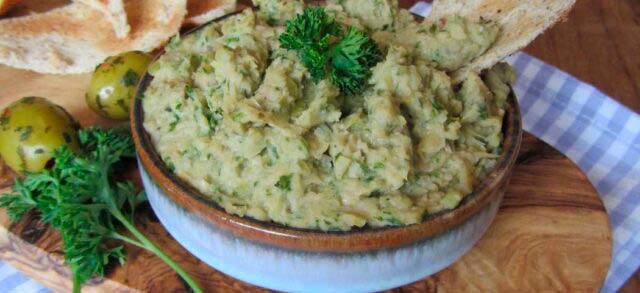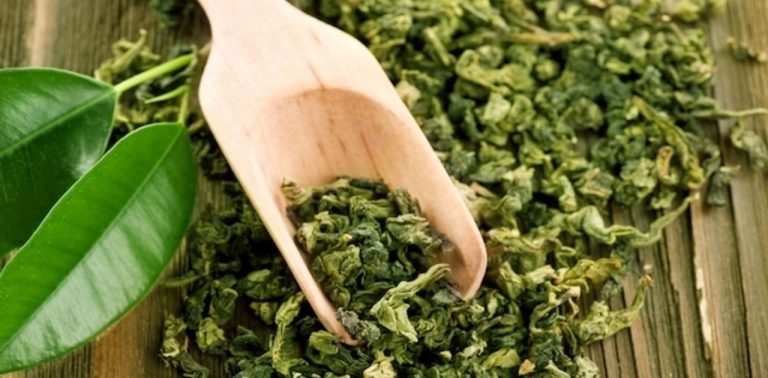Advertisements
Growing concerns about sustainability and reducing food waste are leading many to explore new ways to utilize all the resources available in their kitchens. One notable example of this trend is stalk pâté, a recipe that transforms normally discarded parts of vegetables into a nutritious and delicious treat.

In today's post, we'll explore the recipe for stem pâté, understand the benefits of food recycling and how you can adopt this practice in your daily life. We'll also discuss the importance of food recycling and how it can contribute to a healthier environment.
What is Stem Pate?
Stem pâté is an innovative recipe that uses parts of vegetables that often end up in the trash, such as stems, peels and leaves. Instead of throwing these parts away, you can use them to create a tasty and nutritious vegetarian pâté. This type of recipe is a great example of how food recycling can be applied in practice, helping to reduce waste and create new and interesting dishes.
Vegetable stems such as beetroot, watercress and spinach are often overlooked, despite their nutritional and flavorful qualities. When combined with other ingredients, they can enrich the texture and flavor of the pâté. The concept of food recycling involves using parts of food that are normally discarded, promoting sustainability and reducing environmental impact.
Ingredients Needed for Stem Pate
To prepare the stem pâté, you will need the following ingredients:
- 500 grams of ricotta
- Two cups (tea) of beetroot stalks, watercress and spinach
- A cup (tea) of olive oil
- Two tablespoons of soy sauce
- Two tablespoons of Worcestershire sauce
- Half a cup (tea) of chopped parsley and chives
- Half a cup (tea) of chopped carrot tops
- Half a cup (tea) of mayonnaise
- Salt and black pepper to taste
These ingredients are carefully selected to create a pâté that is not only delicious, but also nutritious and easy to prepare. The ricotta provides a creamy base for the pâté, while the stems add an interesting texture and unique flavor. The olive oil and dressings add depth of flavor, while the mayonnaise helps bind all the ingredients together.
How to Prepare Stem Pate
Preparing stem pâté is quick and easy. Follow these steps to create your own pâté:
- Preparation of Ingredients: Start by washing the beetroot, watercress and spinach stalks well. Cut them into smaller pieces to make the mixing process easier.
- Mash the Ricotta: In a bowl, mash the ricotta well with a fork until it is well broken up and smooth.
- Mix the Ingredients: Add the chopped stems to the ricotta and mix well. Then add the olive oil, soy sauce and Worcestershire sauce. Stir until the ingredients are well incorporated.
- Add the Herbs and Spices: Add the chopped parsley, chives and carrot tops. Season with salt and black pepper to taste. Continue stirring until all the ingredients are well mixed.
- Finalization: Add the mayonnaise and mix well until you get a smooth paste. Adjust the seasoning if necessary.
- Service: Serve the stem pâté with toast, bread or as a side dish for various meals.
This preparation process is not only efficient, but it is also an excellent way to use ingredients that would otherwise go to waste. The combination of stalks and other vegetables creates a pâté with a pleasant texture and a distinctive flavor that can surprise even the most demanding palates.
Benefits of Food Recycling
Food recycling, such as the practice of making a pate from stalks, offers several significant benefits:
- Waste Reduction: Using parts of vegetables that would normally be thrown away reduces food waste and contributes to a smaller load on landfills. By reusing these parts, you help minimize the environmental impact.
- Economy: Using stems and other parts of vegetables can reduce the cost of your recipes. Plus, by using ingredients you already have at home, you save money compared to buying new ingredients.
- Nutrition: Many of the stalks and leaves that are normally discarded are rich in essential nutrients, such as vitamins and minerals. Incorporating these ingredients into your meals can increase the nutritional value of your diet.
- Sustainability: Food recycling is a sustainable practice that promotes resource conservation and a reduced carbon footprint. By opting for recipes that use parts of food that would otherwise be discarded, you contribute to a more environmentally friendly lifestyle.
Tips for Perfecting Your Stem Pâté
To enhance your stem pâté and adapt it to your personal preferences, consider the following tips:
- Ingredient Substitutions: If you prefer, you can substitute soybean, sunflower, or corn oil for the olive oil. These substitutions may slightly alter the flavor, but will still keep the pâté delicious.
- Flavor Adjustment: Adding ten chopped black or green olives to the pâté can intensify the flavor and add an extra touch of salty flavor.
- Pate Texture: If you prefer a firmer texture for the pâté, you can add a little more flour or let the pâté cool before serving. This will help solidify the mixture and create a thicker consistency.
This stem pâté is a practical and sustainable recipe that demonstrates how food recycling can be incorporated into everyday cooking. By using stems and other parts of vegetables that would normally be discarded, you not only reduce waste but also create a nutritious and tasty delicacy. Try this stem pâté recipe and discover how food recycling can transform your meals, contributing to a healthier and more sustainable environment.
Check out other interesting facts about recycling clicking here.
Learn how to make art by recycling, Click here.



